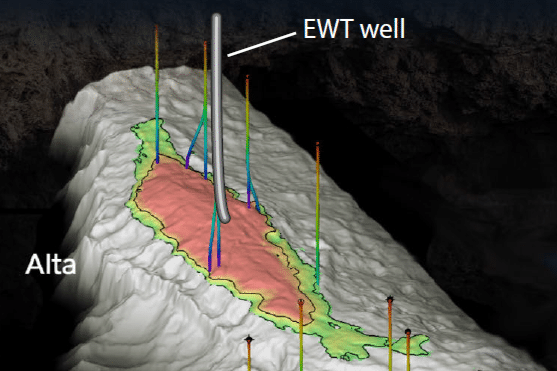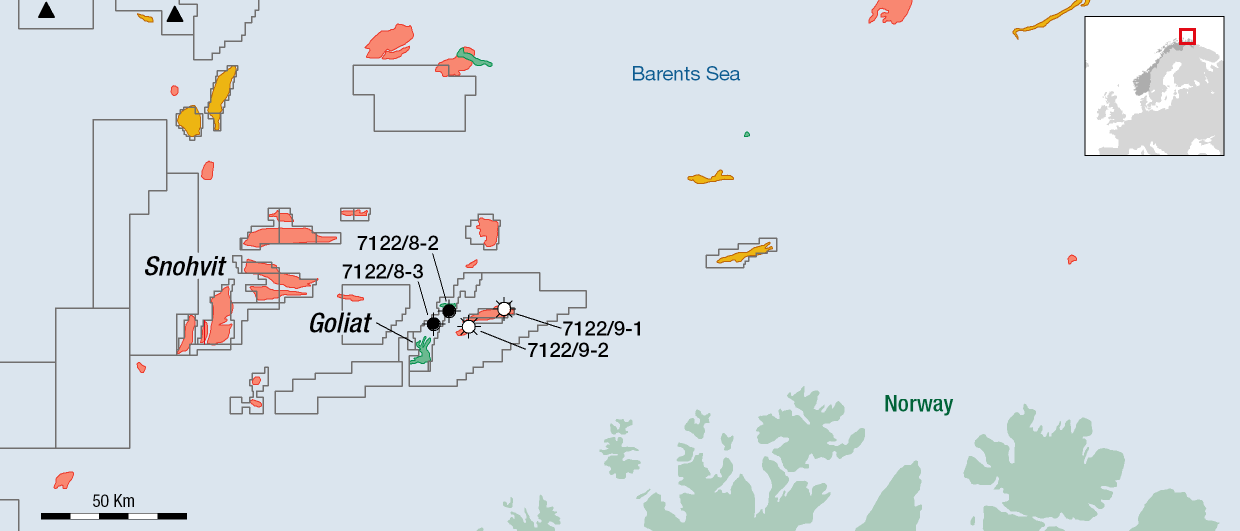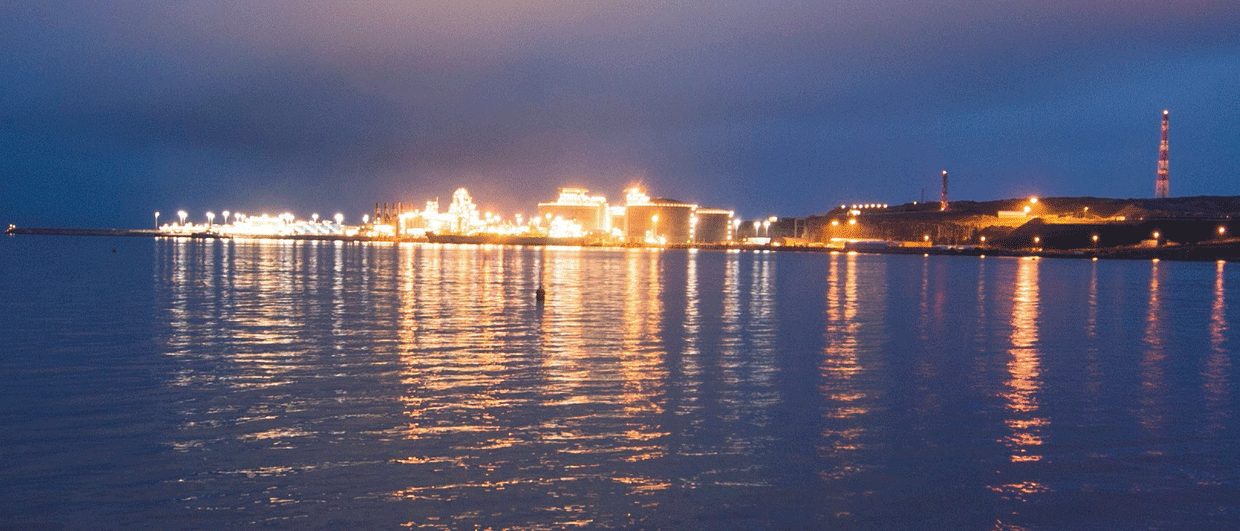The estimated resources for Alta and Gohta remain unchanged (115-390 MMboe) for the moment while Lundin assesses the results from the Alta extended well test (well 7220/11-5S) and the Topseis survey over the Loppa High.

The Alta discovery on the Loppa High was made in Paleozoic carbonate reservoirs and a basal Triassic sandstone reservoir. Alta has a 44m oil leg beneath a significant gas cap with pressure communication over the whole structure. The oil is light with 37 degrees API.
More than 50% of the resources in Alta are within heterogeneous, karstified, vuggy and fractured carbonates. The carbonate reservoirs belong to the Ørn Formation and the Falk Formation. The Ørn Formation consists of 2 different facies: Bryozoan reef facies with good reservoir properties but unfortunately a low GRV in the oil leg. The second facies are bedded carbonates with variable porosity and permeability. The Falk Formation is 200m thick and has a large GRV. It consists of vuggy dolomite beds with porosities lower than 8%, variable permeabilities but good production rates.
These reservoirs have been affected by karstification and fracturing. The karstification in Alta was not important for the total pore volume and resulted in poorer reservoir characteristics due to collapse breccias caused by evaporite dissolution. In Alta 3, vuggy porosity was common with even a bit drop of 2m when the drill bit entered a cave or larger cavity. The karstification is mostly seen by Lundin as a drilling challenge and an issue for the connectivity of the reservoir and thus production.
The reservoir is also moderately to densely fractured with a dominant NNE-SSW fracture direction. The flow is controlled by these fractures.
Why an extended well test?
Good production rates were seen from the DST tests done in the discovery and appraisal wells but the recovery from these heterogeneous reservoirs is very uncertain. In addition there is only a thin 44m thick oil column with potential for gas cusping and water coning during production. Therefore Lundin needed to demonstrate sustainable production before deciding to move forward with a potential development.
Well 7220/11-5S was drilled with a 700m long horizontal section normal to the fracture direction in order to mimic a production well and to drill through several reservoirs.

Mud losses are common in the Barents Sea and in carbonate wells in the Middle East. Lundin had three episodes of mud losses during drilling the horizontal well but these were well managed.
Results production test
The extended production test duration was over a period of about two months, with 30 days at a constrained rate of around 7,500 barrels of oil per day (bopd) and the second period totalling 25 flowing days of up to 18,000 bopd constrained by the surface production facilities. A total of approximately 675,000 barrels of oil was produced during the test (read also “Alta better than expected” and “Alta:extended well test”) . The second test period at high rates was to test the stability of the oil and gas contacts. There was produced some water during the second flow and a slight increase in GOR was observed but nothing unexpected. When production was stopped temporarily, pressure bounced back immediately. At the pressure gauge which was left in Alta 4, 2 km away an almost instantaneous pressure fall was measured. The results from the extensive well test were very promising and the pervasive fracture network is able to sustain stability in the flow.
Lundin will further appraise Alta later this year and will update resource estimates in 2019.





